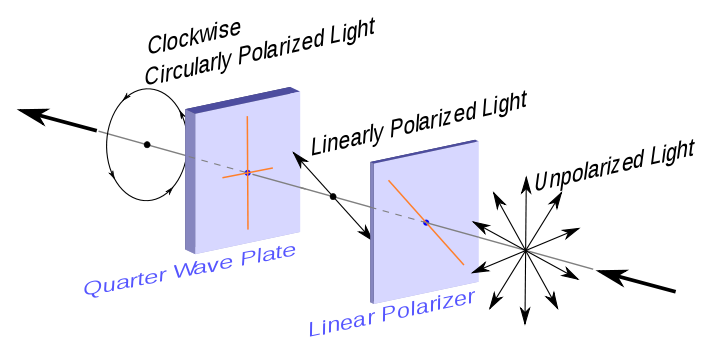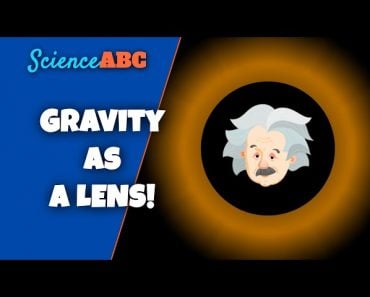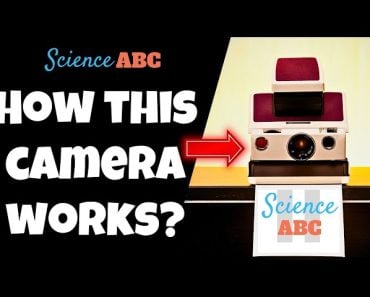Table of Contents (click to expand)
The basis for 3-D movies is that they try to mimic the stereoscopic capabilities of human eyes. The cameras used for shooting 3-D films have 2 lenses placed adjacent to each other, closely resembling a pair of human eyes. Alternatively, movies shot using regular 2-D cameras can be converted to 3-D in post-production using special 2-D to 3-D conversion software.
We’re in the Golden Age of summer blockbuster cinema right now, but realistically, this is just the beginning. Every new action-heavy, “genre” film (think superhero, fantasy, adventure films) seems to get the 3-D treatment these days – something that was extremely rare even a decade ago. The film that really set the bar in terms of 3-D was Avatar (2009), which went on to become the highest-grossing film worldwide. Since then, movies have continued to take advantage of this new technology, perhaps due to a combination of enhancing the movie-watching experience and increasing their earnings.
So, what exactly does watching a movie in 3-D involve? What is it about this fascinating technology that entices movie-going audiences around the world?
Recommended Video for you:
The Basics
3-D, as we know, stands for 3-dimensional. Anything that has length, width and height is considered to have 3 dimensions. When we talk about a 3-D film, however, we refer to one of those dimensions as “depth”. The more depth an object has on-screen, the more real it seems to us, thereby enhancing our viewing experience.

As human beings, we have incredible depth perception. Because our eyes are slightly set apart, each eye has a slightly different perspective of what we’re looking at. Therefore, our retinas (layer of our eyes upon which light is received) form two different 2-dimensional images, which are instantly pieced together by our brain to form a 3-dimensional picture of the world around us. This is known as stereopsis or stereoscopic vision.

How Movies Accomplish This
Essentially, movies try to mimic the stereoscopic capabilities of human eyes. The cameras used for shooting 3-D films have 2 lenses placed adjacent to each other, closely resembling a pair of human eyes. Alternatively, movies shot using regular 2-D cameras can be converted to 3-D in post-production using special 2-D to 3-D conversion software. Visual effects would have to be created using computer-generated imagery (CGI) to accomplish the same effect (animated 3-D films are produced in a similar fashion).
This arrangement enables two sets of images to be captured, each with a slightly different perspective. In the cinema, both sets of images are projected simultaneously onto the screen. Now, all that needs to be done is for our eyes to merge those two images into one, 3-dimensional picture. This is where those 3-D glasses come in.
3-D Technology
Traditionally, each lens of the camera had a different color filter. The lens capturing images meant for the left eye would have a red filter and the lens doing the same for the right eye would have a blue/cyan filter. This produced two different-colored images that, upon being projected on the screen simultaneously, could be viewed as one stereoscopic image using red-cyan glasses (I’m sure this is the most common version that springs to mind at the mention of “3-D glasses”).

Due to their use of the same two opposing colors used as filter lenses to capture the images, each lens of the anaglyph 3-D glasses allows only the corresponding color image into the eye. Therefore, each eye is viewing a different perspective of the virtual object, similar to how a real object would be viewed. This stereoscopic 3-D effect is known as anaglyph 3-D.

It’s All About Polar Opposites
Instead of projecting red and blue light onto the screen, modern projection techniques use polarized light. Here, the two images are projected through oppositely polarized filters in the cinema. One is horizontally polarized and the other is vertically polarized. Some projectors even use clockwise and counterclockwise polarization for the same purpose.


3-D movies have both a fascinating history and some impressive science behind them. It’s exciting to see how the technology has changed and advanced through the ages and how it will improve even further in the future.












